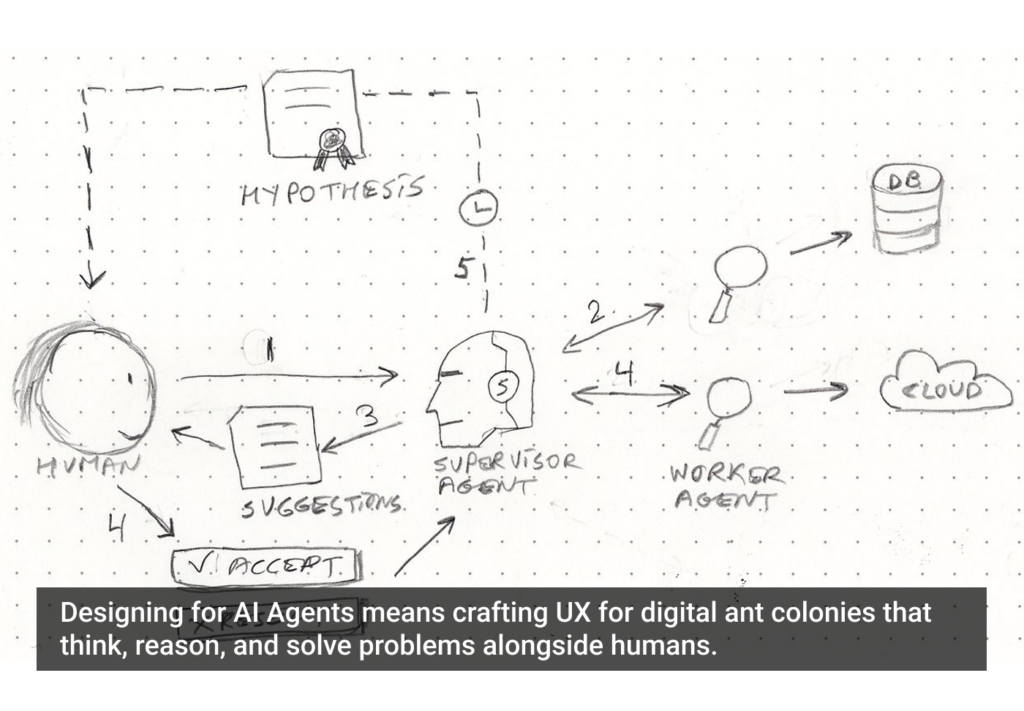It’s no secret that firms want to deliver the right experience to the right user at the right time on the right device. But increased options and heightened customer expectations caused by the splinternet—the fragmented world of web, social, video, and mobile touchpoints and devices—has made delivering relevant digital experiences more important (and challenging) than ever before.
Forrester maintains that in order to succeed in today’s digital environment, firms must deliver smarter, more customer-centric interactions that feel like they are tailored for each user. How? Through contextualization: tailored, adaptive, and sometimes predictable digital experiences.
While this sounds like a no-brainer, companies still fall short of meeting this goal because they guess at what their customers want and need, don’t share customer data across silos, and don’t take advantage of real-time cues. In fact, only 41% of customer experience professionals from our Marketing & Strategy Research Panel say that they consistently use customer research when considering customer experience design projects.
To Maximize Relevance, Harness the Power of Data
To master contextualization, companies must first gather three types of data:
- Demographic data: who the customer is. Nothing says, “I don’t care about you,” more than forgetting a customer from one moment to the next. But that’s exactly what companies do when they fail to understand their target audience members and their behaviors—for example, how they interact with digital channels, where they live, their key concerns, and their knowledge of subject matter.
- Historical data: what the customer did in the past. Customers leave many markers when they interact with a company, including a record of web pages that they visited and the purchases that they made. Through understanding where the customer has been, you can anticipate their questions and predict future actions.
- Situational data: what’s happening with the customer now. Factors such as time of day, geographic location, device, browser, and even weather indicate a user’s current situation. Organizations can use this data to help predict what an individual may be trying to achieve at a given point in time.
Contextualization is Powerful, But Only if You can Apply it
Customers expect and appreciate personalized experiences. Successful contextual interactions can manifest themselves in a number of ways, including:
- Location-targeted content. Location-targeted content can take a number of forms. For example, GateGuru, a mobile app that helps travelers find restaurants and services at airports, suggests a list of local airports to view based on the user’s location. Home Depot adjusts some of its featured content based on seasonal changes, featuring patio furniture to people in the South in early spring, while pitching kitchen-remodeling products to people in the still-chilly Northeast. And to help bolster its mortgage loan business, Commonwealth Bank of Australia created an app that uses augmented reality to offer an intuitive tool for finding and displaying home information, especially when a customer wants to see the values of nearby homes in a particular neighborhood.
- Right-sized content and functionality. Users don’t want (or need) every piece of content everywhere. For example, Amazon‘s mobile site does not provide the same level of detail as its website, nor does it provide editorial reviews or author information for books. Instead, the mobile site focuses on price and limits product details to the essentials needed to make a decision.
- Adjacent content. The path that a user takes through a site or application reveals what they are interested in. Firms can combine this information with relevant data to deliver related content specific to the browsing patterns of users. For example, photo equipment retailer Jessops tracks movements and provides recommendations based on rules that limit the price difference between the product initially viewed and the final recommended product.
- Adaptive designs. When a firm needs to support users across devices with highly varied display characteristics, Forrester suggests using a liquid layout that will render cleanly (but differently) from one device to another. Sites such as Purina’s catchow.com and The Boston Globe provide a single set of imagery, navigation, and content that adjusts to the size and shape of the user’s browser, regardless of device.
Conclusion
A highly relevant experience meets the content and functionality needs of the consumer, while satisfying the underlying emotional needs that trigger brand engagement and loyalty. By uncovering the critical moments of truth that can make or break an experience and providing context for what happened before and after each moment, companies can benefit from their understanding of general and specific user behaviors to provide the most relevant, engaging, and personal experience possible.
Image of abstract curves courtesy Shutterstock.









